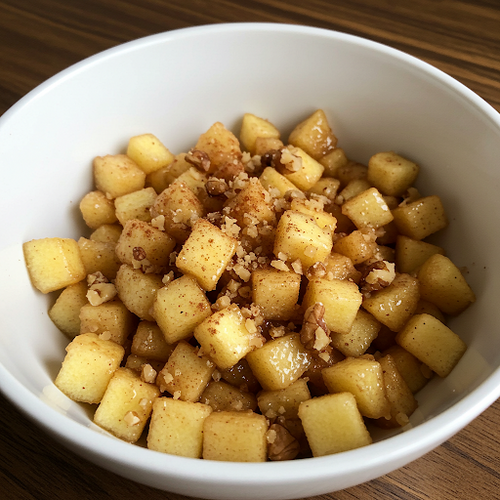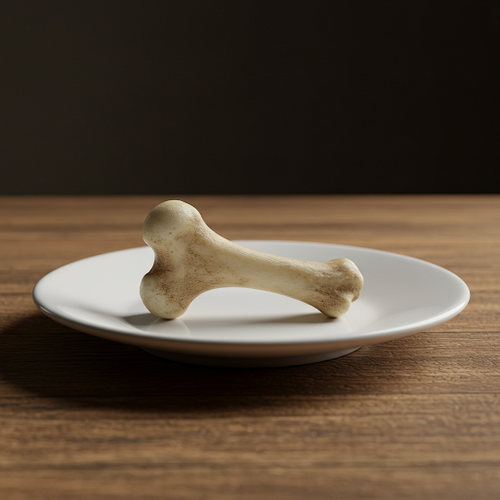Elements on the seder plate
Because most of the haggadahs contain the same traditions, the seder plate will have similar components as well.
Each food represents a special part of the Exodus story.
There are three foods commanded by God to eat on Passover (Exodus 12:8). Other foods have been added in
tradition to help us remember the Passover and Exodus story as we read through the haggadah.
Each food represents a special part of the Exodus story.
There are three foods commanded by God to eat on Passover (Exodus 12:8). Other foods have been added in
tradition to help us remember the Passover and Exodus story as we read through the haggadah.
matzo / Matzah
Matzah is bread made without any type of leavening agent. If you buy a box from the store, it is similar to a cracker; whereas, a homemade dough will give you a thicker and chewier consistency.
"That same night they are to eat the meat roasted over the fire, along with bitter herbs, and bread made without yeast." (Exodus 12:8)
Because of this verse, we eat the passover meal with matzah.
It's also very important for the Feast of Unleavened Bread that comes immediately after Passover!
"That same night they are to eat the meat roasted over the fire, along with bitter herbs, and bread made without yeast." (Exodus 12:8)
Because of this verse, we eat the passover meal with matzah.
It's also very important for the Feast of Unleavened Bread that comes immediately after Passover!

Karpas
Karpas (usually parsley) is the non-bitter vegetable you will commonly find on the seder plate.
This is one of the foods that was added by man for traditional purposes. It is supposed to be leafy and green to represent hope and a new life for the Hebrews, freed from slavery.
Most haggadahs contain the same tradition where we dip the karpas into the saltwater and eat of it.
Though the vegetable is bursting with new life, it still reminds us of the lowly origins of the people, and since the meal is a memorial, the saltwater symbolizes the tears shed for years as a result of slavery.

Maror
The commandment to eat bitter herbs with the Passover sacrifice is found
in Exodus 12:8 and Numbers 9:20.
Maror represents the bitterness of the Israelites' enslavement in Egypt.
Although any bitter herb can be used, horseradish is very common because it doesn'ttake much to make you shed a tear!
To help remember, you can think of it as "horse maror" instead of "horse manure", and then you know the "horse maror" is horseradish.
in Exodus 12:8 and Numbers 9:20.
Maror represents the bitterness of the Israelites' enslavement in Egypt.
Although any bitter herb can be used, horseradish is very common because it doesn'ttake much to make you shed a tear!
To help remember, you can think of it as "horse maror" instead of "horse manure", and then you know the "horse maror" is horseradish.

chazeret
The commandment to eat bitter herbs with the Passover sacrifice is found in Exodus 12:8 and Numbers 9:20. Since the Bible says, "herbs" with an 'S', chazeret is the second bitter herb served.
Again, this can be any herb you want. Usually people add romaine lettuce to the plate.
Don't stress and think of it as another thing to literally, "add to your plate" or shopping list. Do you have cilantro in your refrigerator already? Are you eating a salad at dinner? I'm sure you're already putting herbs on that chicken. ; )
Again, this can be any herb you want. Usually people add romaine lettuce to the plate.
Don't stress and think of it as another thing to literally, "add to your plate" or shopping list. Do you have cilantro in your refrigerator already? Are you eating a salad at dinner? I'm sure you're already putting herbs on that chicken. ; )

charoset
Not to be confused with chazeret, charoset is a traditional concoction made of apples, nuts, spices, and even some wine, if you want.
I actually remember the difference between "chazeret" and "charoset" because 'charoset' has "rose" in it, like the wine.
Charoset is used in most haggadahs to represent the mortar the Israelites used to build the Egyptian cities and the sweetness of a better world .
I actually remember the difference between "chazeret" and "charoset" because 'charoset' has "rose" in it, like the wine.
Charoset is used in most haggadahs to represent the mortar the Israelites used to build the Egyptian cities and the sweetness of a better world .

shank bone
The shank bone of a lamb symbolizes the lamb eaten before the Israelites fled Egypt. It is a reminder of how the blood sacrifice of the original Passover lamb spared the
people from the plague of the death of the firstborn.
To make things more manageable, I have used a chicken bone from a prior meal and even
from the same chicken I was serving that night!
This is tradition, supposed to represent the sacrificial lamb. What is going to make that representation for your family? I know someone who used a LEGO bone. That's a Passover to remember!
people from the plague of the death of the firstborn.
To make things more manageable, I have used a chicken bone from a prior meal and even
from the same chicken I was serving that night!
This is tradition, supposed to represent the sacrificial lamb. What is going to make that representation for your family? I know someone who used a LEGO bone. That's a Passover to remember!

